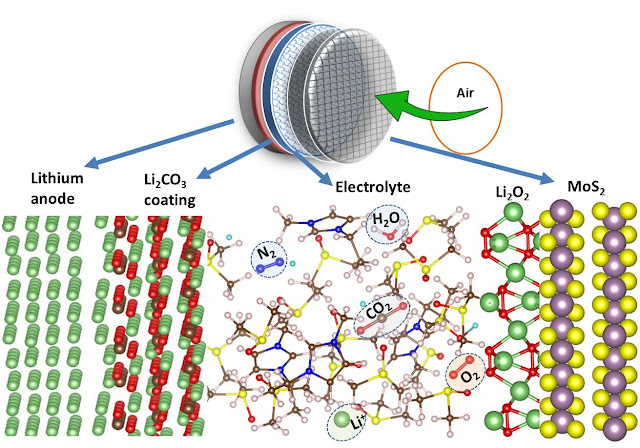Companies are
researching the possible use of electric vehicles to meet peak demand. A parked
and plugged-in electric vehicle could sell the electricity from the battery
during peak loads and charge either during night (at home) or during off-peak.Plug-in
hybrid or electric cars could
be used for their energy storage capabilities. Vehicle-to-grid technology
can be employed, turning each vehicle with its 20 to 50 kWh battery pack into
a distributed load-balancing device or emergency power source.
This represents 2
to 5 days per vehicle of average household requirements of 10 kWh per day,
assuming annual consumption of 3650 kWh. This quantity of energy is
equivalent to between 40 and 300 miles (64 and 483 km) of range in such
vehicles consuming 0.5 to 0.16 kWh per mile. These figures can be achieved
even in home-made electric vehicle conversions. Some
electric utilities plan to use old plug-in vehicle batteries (sometimes
resulting in a giant battery) to store electricity However, a large
disadvantage of using vehicle to grid energy storage would be if each storage
cycle stressed the battery with one complete charge-discharge cycle.
However,
one major study showed that used intelligently, vehicle-to-grid storage
actually improved the batteries longevity. Conventional
(cobalt-based) lithium ion batteries break down with the number of cycles –
newer li-ion batteries do not break down significantly with each cycle, and so
have much longer lives. One approach is to reuse unreliable vehicle batteries
in dedicated grid storage as they are expected to be good in this role for
ten years. If such storage is done on a large scale it becomes much easier to
guarantee replacement of a vehicle battery degraded in mobile use, as the old
battery has value and immediate use.







